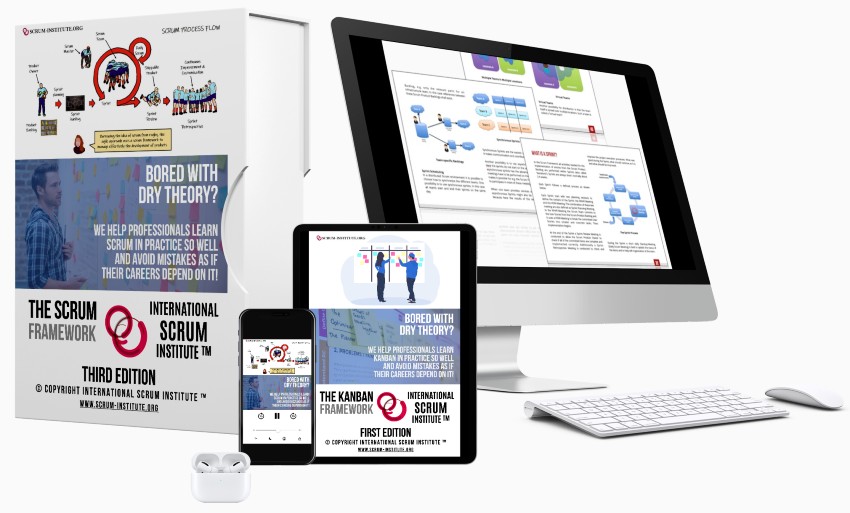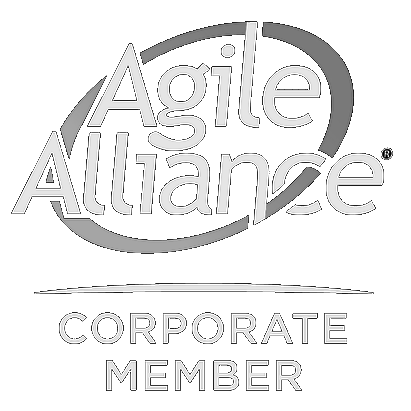Is Kanban Agile Scrum? (Kanban In Agile - Kanban With Scrum)
Constraints Are What Makes A Process
One can relate tools by studying how many various instructions they provide. A prescriptive tool stands for "more instructions to regard", and an adaptive tool stands for “fewer instructions to regard".
A 100% prescriptive tool dictates that you don't have to give any decisions, and the tool has got instructions and rules for everything. On the other hand, a 100% adaptive tool lets you and your team do whatever you want because there are no instructions or restrictions. It is very evident that both of these extremes are not practical in engineering and business.
Agile processes are often referred to as lightweight processes, mainly because they are relatively less prescriptive compared to other conventional software development frameworks. Keep in mind that the first and foremost principle of the Agile Manifesto favors individuals and interactions over processes and tools.
Kanban and Scrum are highly adaptive processes. And yet, Kanban is more adaptive because Scrum dictates more limitations and instructions, thus it relatively less flexible than Kanban. As an example Scrum designates timeboxed development cycles (Sprints), whereas there are no timeboxed iterations in Kanban.
The value of a tool or process comes from how it limits your options while it's still giving you sufficient opportunities to build with quality, speed, and creativity.
Compare Tools To Get Best Out Of Them, Not To Judge Them
Similar to all other tools and processes, neither the Kanban framework nor the Scrum framework is perfect. There is never a one size fits all solution. These processes won't necessarily indicate everything that you have to do to be successful with your project.
They merely present specific principles, instructions, and restrictions. As examples, Scrum compels you to run timeboxed Sprints with crossfunctional teams, and Kanban compels you to employ visible boards and only restricts the extent of your Work In Progress (WIP) tasks.
One can mix the success or failure of projects with the quality of tools and processes.
It's essential to understand that:
- A project can deliver great results because of the fantastic tools and processes.
- A project can deliver great results despite the suboptimal and/or unfit tools and processes.
- A project can deliver poor results because of the suboptimal and/or unfit tools and processes.
- A project can deliver poor results despite the fantastic tools and processes.
Therefore, as trained and paid professionals, we ought to compare tools and processes to understand them better, not to judge them.
Pay explicit attention not to follow a process no matter what your given circumstances are. Only follow the path to build the best business value for your given project. Keep on continuously learning and adapting whenever necessary.
Don't Limit Your Organization To One Tool
That brings to the necessity of combining and adapting the tools as we require them!
Most Kanban and Scrum teams employ principles from XP (eXtreme Programming). Most Kanban teams practice daily standup meetings, which is a Scrum practice. Sprint backlog from Scrum concept has been borrowed from Kanban boards. Don’t limit your organization to only one tool. Test and find out whatever works for you.
Share It With Your Colleagues and Friends to Help Them Learn:
Is Kanban Agile Scrum? (Kanban In Agile - Kanban With Scrum)
|
|

|

|

|

|
|
 SCRUM INSTITUTE™
SCRUM INSTITUTE™





